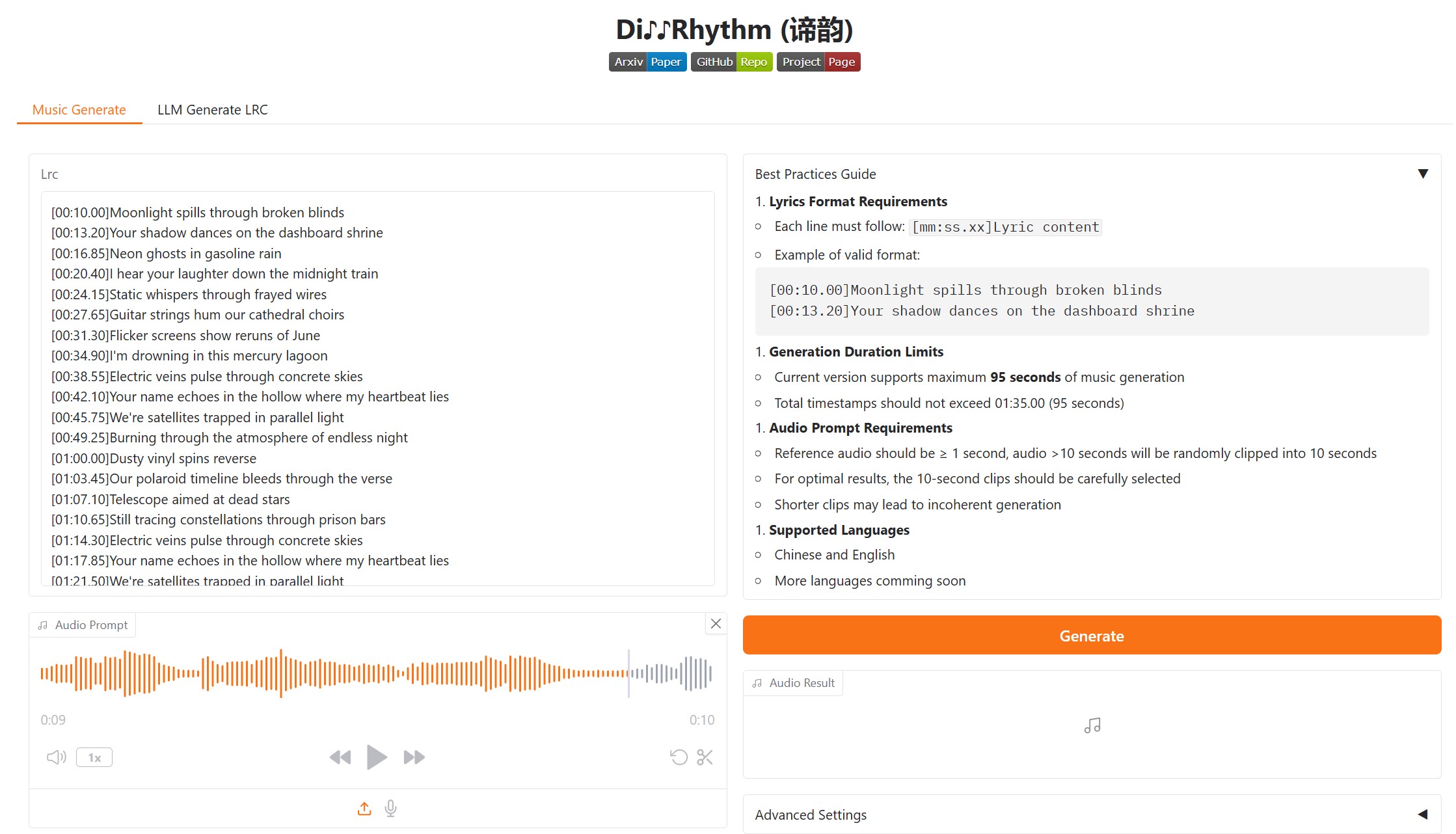BREAKING NEWS
LATEST POSTS
-
If we turned back the evolutionary clock, would a species similar to humans come to dominate the Earth again?
www.bbc.com/future/story/20190709-would-humans-evolve-again-if-we-rewound-time
American palaeontologist Stephen Jay Gould proposed : What would happen if the hands of time were turned back to an arbitrary point in our evolutionary history and we restarted the clock?
Gould reckoned that humanity’s evolution was so rare that we could replay the tape of life a million times and we wouldn’t see anything like Homo sapiens arise again. His reasoning was that chance events play a huge role in evolution.
Put simply, evolution is the product of random mutation.
Experimental evolutionary biologists do have the means to test some of Gould’s theories on a microscale with bacteria.
Many bacterial evolution studies have found, perhaps surprisingly, that evolution often follows very predictable paths over the short term, with the same traits and genetic solutions frequently cropping up. There are evolutionary forces that keep evolving organisms on the straight and narrow. Natural selection is the “guiding hand” of evolution, reigning in the chaos of random mutations and abetting beneficial mutations. This means many genetic changes will fade from existence over time, with only the best enduring. This can also lead to the same solutions of survival being realized in completely unrelated species.
What about the underlying physical laws (ie: gravity) – do they favour predictable evolution? At very large scales, it appears so.
This means that the broad “rules” for evolution would remain the same no matter how many times we replayed the tape. There would always be an evolutionary advantage for organisms that harvest solar power. There would always be opportunity for those that make use of the abundant gases in the atmosphere. And from these adaptations, we may predictably see the emergence of familiar ecosystems. But ultimately, randomness, which is built into many evolutionary processes, will remove our ability to “see into the future” with complete certainty.
FEATURED POSTS
-
Rendering – BRDF – Bidirectional reflectance distribution function
http://en.wikipedia.org/wiki/Bidirectional_reflectance_distribution_function
The bidirectional reflectance distribution function is a four-dimensional function that defines how light is reflected at an opaque surface
http://www.cs.ucla.edu/~zhu/tutorial/An_Introduction_to_BRDF-Based_Lighting.pdf
In general, when light interacts with matter, a complicated light-matter dynamic occurs. This interaction depends on the physical characteristics of the light as well as the physical composition and characteristics of the matter.
That is, some of the incident light is reflected, some of the light is transmitted, and another portion of the light is absorbed by the medium itself.
A BRDF describes how much light is reflected when light makes contact with a certain material. Similarly, a BTDF (Bi-directional Transmission Distribution Function) describes how much light is transmitted when light makes contact with a certain material
http://www.cs.princeton.edu/~smr/cs348c-97/surveypaper.html
It is difficult to establish exactly how far one should go in elaborating the surface model. A truly complete representation of the reflective behavior of a surface might take into account such phenomena as polarization, scattering, fluorescence, and phosphorescence, all of which might vary with position on the surface. Therefore, the variables in this complete function would be:
incoming and outgoing angle incoming and outgoing wavelength incoming and outgoing polarization (both linear and circular) incoming and outgoing position (which might differ due to subsurface scattering) time delay between the incoming and outgoing light ray





